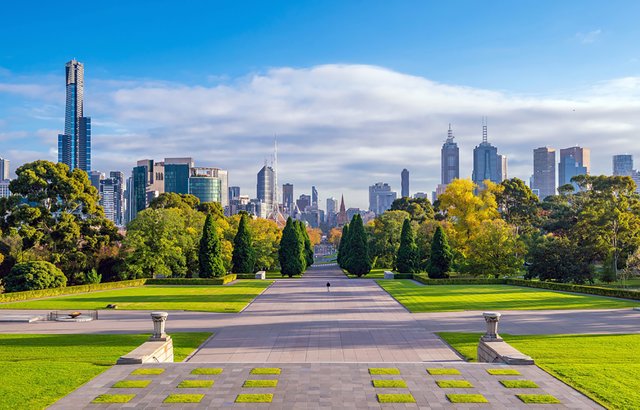Desirable Spaces is No Longer Defined by Nation, but Resilient Cities

With over 70 per cent of the world’s population predicted to live in city centres by 2050, we chat with 100 Resilient Cities Regional Director of Asia Pacific Lauren Sorkin and other urban planning leaders in Australia on how CBD hubs globally can better manage challenges that arise from over-development and over-population.
By Gabrielle Martinovich
Investing in urban resilience helps ensure a city’s vitality for the benefit of all citizens.
Resilience proofing cities may be a challenging concept to grasp, particularly if one is engaged in civil works such as roads and building construction. Yet making a city resilient is about developing tangible strategies to inform the market place and improve the lives of the marginalised, poor and vulnerable in our cities.
The idea that building resilience, realises benefits in times of both crisis and calm, is central to the idea.
With over 50 percent of the world’s population living in cities and, will be responsible for 80 per cent of global Gross Domestic Product, it is estimated that by 2050, over 70 per cent of the world’s population will predominantly live in city centres.
For cities to thrive under these conditions, urban planners need to first gain an understanding of the challenges these types of urban landscapes demand. Prioritising issues which are most important and developing interventions to solve related issues concurrently is critical. However, it’s not an end state, but a process that strengthens the underlying fabric of a city to be prepared for challenges it anticipates and to prepare for those it cannot.
When the Rockefeller Foundation wanted to help cities around the world build their resilience to the economic and social stresses that undermine city life, they provided an USD 100 million commitment and invited 100 cities worldwide to participate.
On the eve of its fifth-year anniversary, 100 Resilient Cities (100RC) has generated a global practice of resilience proofing cities, spanning the globe from Africa to Asia Pacific, to Europe and the Middle East, to Latin America, the Caribbean and North America. Melbourne joined the 100RC movement in 2013 and Sydney followed in 2016.
Resilience, as defined by 100RC, assesses the capacity of individuals, communities, institutions and systems within a city to survive, adapt and grow no matter what kinds of acute shocks and chronic stresses they may face.
Shocks typically consist of single event disasters such as fires, earthquakes and floods, while stresses pressure a city on a daily or recurring basis and can include overtaxed transportation systems, high unemployment, endemic violence, ageing infrastructure and lack of affordable housing.
In view of these stress points, we asked 100RC Regional Director Asia Pacific Lauren Sorkin on what kind of approach is best to tackle the demands of increasing urbanization.
“Building urban resilience has reshaped how our cities operate and increased collaboration to focus on multifaceted problems rather than separate program areas. If you were to do it individually, you would wear yourself out, that’s why collaboration is so important – collaboration across a wide array of stakeholders and countries,” says Sorkin.
Not to be confused with sustainability, which concerns itself with a city’s relationship to its natural environment and the impact on it, urban resilience is about people as much as it is about disruption...
...to read more, visit https://indvstrvs.com/desirable-spaces-is-no-longer-defined-by-nation-but-city/